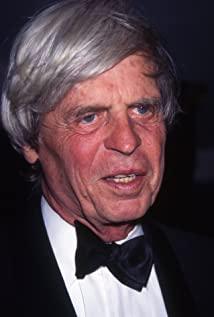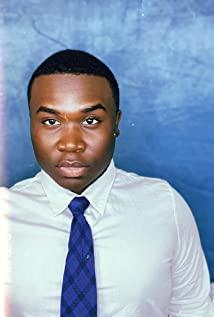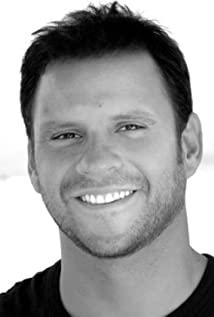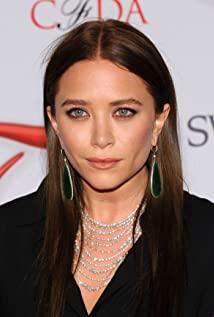2007-10-27 14:19
The best movie I've seen in a month. I'm sorry, but I'm going to put "Trainspotting" in second place this month.
The Sienna Miller I saw in the "Hollywood Post-80s Stars Guide" is not the Sienna Miller I saw in Factory Girl today. She is much more refined than my preconceived impression. In the picture book, she has a very commercial smile, with wrinkles at the corners of her eyes and smile lines at the corners of her mouth, blonde, blue eyes, long straight hair, and a middle part. An unforgettable face.
But perhaps it was Edie Sedgwick's brilliance. The Icon of the 1960s has a lot of background. Most of the online comments say that the Edie Sedgwick in this movie is not the real Edie, but the film has attracted real attention to Edie. I also searched for Edie's information after reading it.
Below, for your own reference.
"Born in a wealthy Protestant family in the United States, her childhood was tragic. Both brothers were schizophrenic and were sent to the hospital one after another. Edie herself was not spared, and her paranoid father had persuaded her to enter the hospital too. After treatment, she fled from the West Coast of the United States to New York. After that, Edie met the pop artist Andy Warhol, and he hit it off with Andy Warhol's famous modern pop art style. Andy Warhol founded the independent film company Named Factory, Edie quickly became the mainstream figure of the "Factory" and the queen of underground movies. Edie and Andy Warhol have collaborated on many independent films, including Vinyl, "Que West" "Chelsea Girl", and most famously Ciao! Manhattan.
Gradually, Edie's style emerged from the New York underground pop scene. Vogue magazine commented at the time - platinum hair with soot Eye circles, wobbly slender legs, her slightly boyish innocence became the world's first "unisex fashion" classic, and she even became the first-choice fitting model for famous New York designer Betsey Johnson children, and at the same time freely shuttle in the above and underground social circles.
Later, Edie met another man in her life, Bob Dylan. It is said that at least three of Dylan's famous songs were inspired by Edie. But when Dylan got married, Edie broke down completely, and at this time Andy Warhol's circle no longer accepted her. Since then, Edie has been in and out of different hospitals, and has not touched drugs for six months after the marriage. On November 15, 1971, after attending a fashion party, Edie Sedgwick committed suicide with a drug overdose. "
View more about Factory Girl reviews











